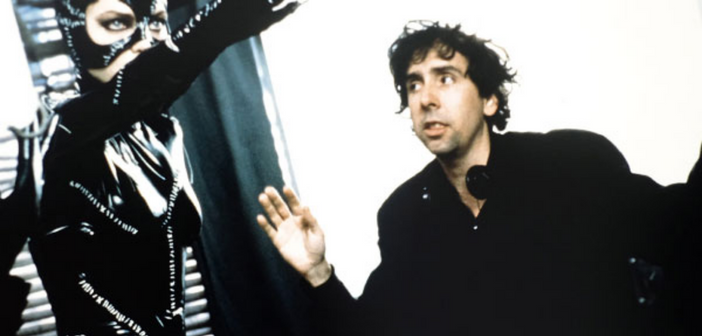Tim Burton, visionary director, king of modern Gothic cinema, and an icon in his own right, is certainly a household name. While maybe not quite comparable to the heights of Carpenter, Speilberg, or Cameron, there’s certainly a height to the name that places him among one of the greats, even if his output in the past 10 years has been a little more on the questionable side. That said, the 80s was the decade where Burton found his stride, which continued mostly unabated until the early 00s when the director peaked. So what made the 80s so magmatic for Burton?
Three films from Burton’s early filmography are instrumental in the director’s rise to notoriety: Pee-wee’s Big Adventure, Beetlejuice, and Batman (1989). These three Hollywood blockbusters helped put the director on the map and would also go on to help formulate the style that would crop up in his later filmography.
Pee-wee’s Big Adventure (1985)
Burton first started his career in various art departments for films like The Fox and the Hound, and The Black Cauldron. As such, the influences of working with family-friendly films meant that finding films that appeal to a universal array of ages was what netted Burton’s first BIG directing debut. As a mad-cap, over-the-top adaptation of The Pee-wee Herman Show, the family-friendly comedy is unlike anything in Burton’s filmography, a demonstration of a director finding his feet and establishing his love for family-friendly movies that would warp in Burton classics that dominated the 2000s and 2010s like Charlie and the Chocolate Factory, and Alice in Wonderland (2010).
Beetlejuice (1988)
Burton, like many directors, often returns to actors with whom he has a special working relationship. Where Spielberg has Hanks, and Nolan has Tom Hardy or Cillian Murphy, Burton started with none other than Michael Keaton, the infamous man who would star as one of Burton’s most iconic characters (second only to Johnny Depp’s Edward Scissorhands), Beetlegeuce. Drawing on the darker elements of Burton’s style and humour, Beetlejuice is the first recognisable Burton-esque film that becomes quintessential of the director’s style. Filled with dark comedy, quirky performances, and a marrying of the macabre, Beetlejuice‘s influences would continue a presence that is still felt throughout Burton’s career today.
Batman (1989)
As Burton’s final big blockbuster of the 80s, Batman sits in a liminal position in Burton’s filmography. Marrying the darker and grittier of Burton’s style with a previously campy character, Burton’s Batman gave new meaning to the superhero genre. Bringing a decidedly more sombre and serious tone, Burton catapulted Batman into a new era, helping lay the foundation for the Superhero genre as we know it today. While Batman‘s influences are felt less remarkably in his later works, Batman helped establish a long tradition of revising beloved characters and giving them new iterations, something that Burton has done countless times.
Special Mention: Vincent (1982)
Much of Burton’s filmography is dominated by animation and collaborations with Henry Selick. While Nightmare Before Christmas is often wrongly attributed as the sole creation of Burton, the character design and imagery that reappears in films like Corpse Bride hark back to Burton’s short film, Vincent. Highlighting Burton’s obsession with black-and-white german expressionism, Vincent typifies styles that would become reoccurring imagery in Burton films, like disproportionate bodies, large eyes, and a fascination with the macabre. Vincent is the unsung hero of Burton’s earliest works, and only makes me wish he would return once again to animation and stop-motion to give us more Burton classics.




